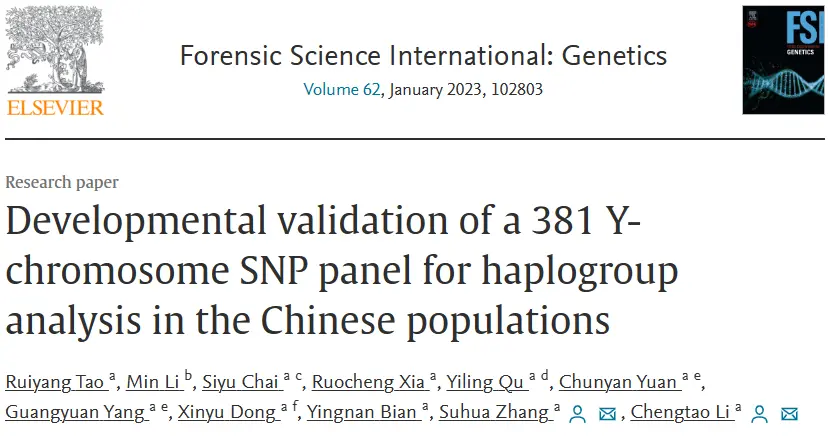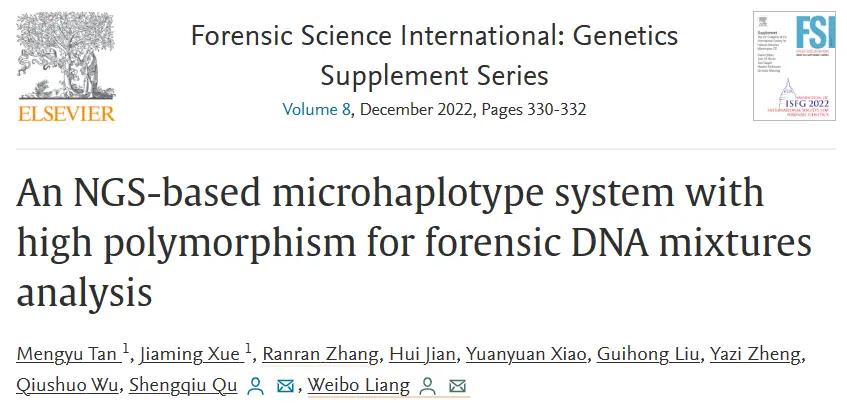Next-generation sequencing (NGS) technology has been developed rapidly and has become an important tool in forensic science due to its high ability to detect various forensic important markers including STRs, SNPs, haplotypes, mitochondrial and sex chromosome DNA. NGS can also provide large amount of information from precious samples with low amount as well as maximize the identification resolution. iGeneTech provides multiple target sequencing technologies with excellent performance and high cost-efficiency to meet various demands.
For forensic samples with low amount, poor quality and various sample types, iGeneTech has co-developed more than 30 MultipSeq® panels together with plenty of forensic research teams, colleges and companies, and the high sensitivity MultipSeq® amplicon sequencing became a suitable NGS technology to realize the purpose of individual identification and kinship identification for more evidence and clues during criminal investigation.
High sensitivity: low sample input amounts and various sample types supported
High throughput: able to detect up to 2,000 markers in a single reaction.
Mix sample supported: high accurate and stable results for as low as 1% mutation rate or mixed samples.
Simple & Reliability: simple & proven workflows for trustable answers.
compatible with automated workstation for a short TAT.

DNA detection of the Y chromosome, including Y-STR and Y-SNP, is a common tool of paternity identification that provides evidence and clues for case litigation and criminal investigation. In this article, a novel panel with 381 Y-SNPs was designed for Chinese population for haplogroup analysis based on genetic characteristics of Chinese population in different regions.

In addition to Y-SNPs, microhaplotypes are also important forensically important markers for male individuals.In this paper, the authors used a multiplex PCR approach to build a microhaplotype database based on the Southern Chinese Han population in the 1000 Genomes Project and developed 2 multiplex panels consisting of 62 and 71 microhaplotypes respectively, of which the ability of mixed sample distinguishing ability was proved to be effective.